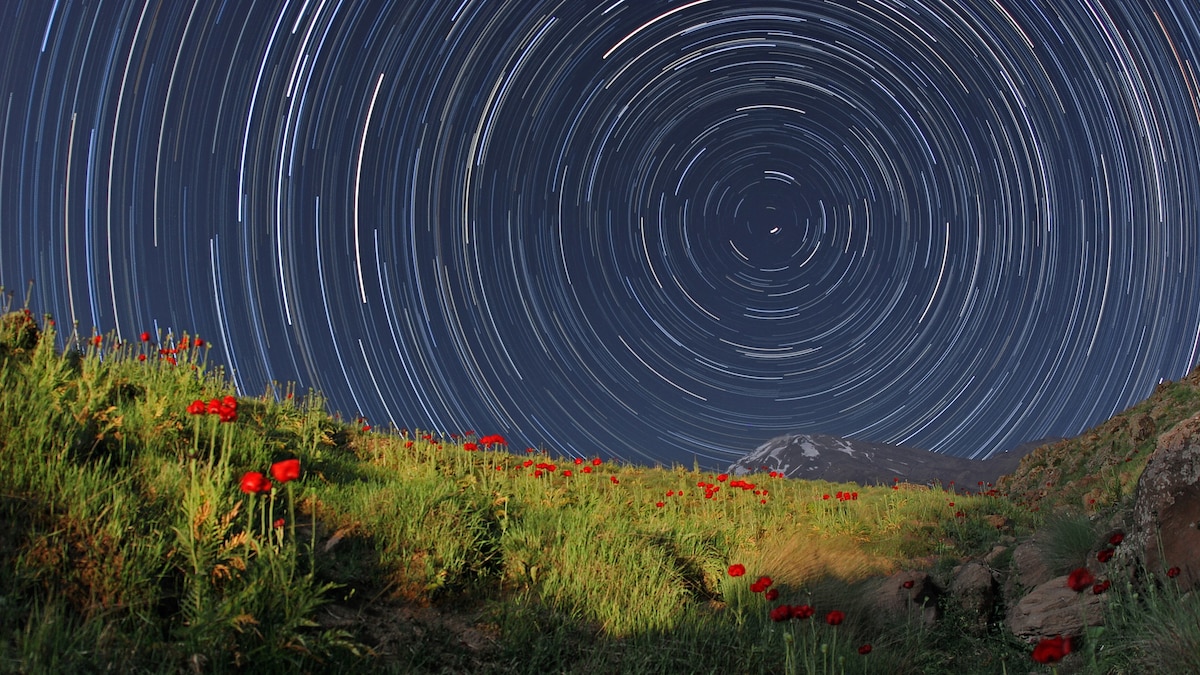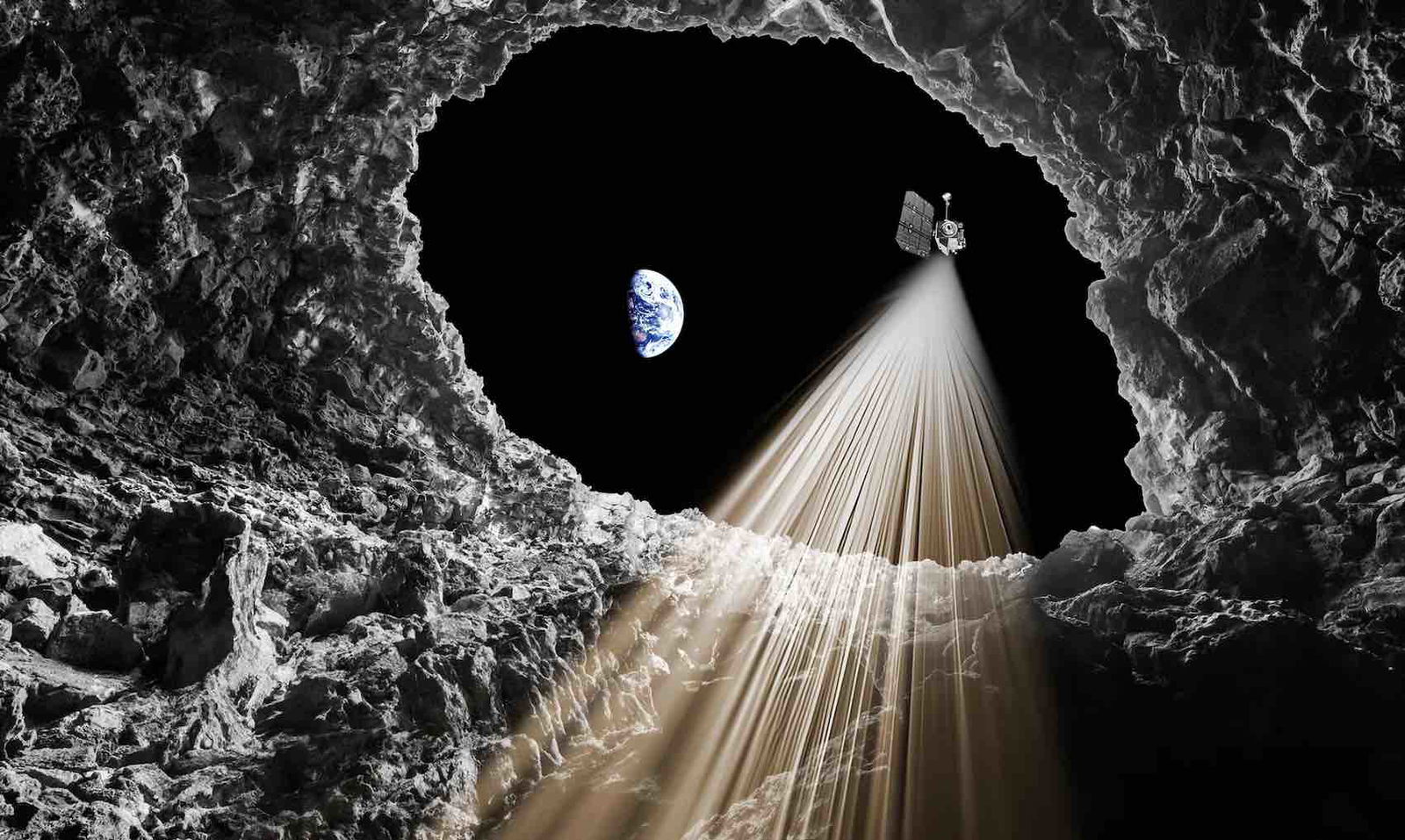T4K3.news
Scientists reveal six moons orbiting Earth
New research shows Earth has at least six tiny moons formed from lunar debris.

Astronomers have revealed that Earth has more than one moon, discovering a surprising number of tiny satellites.
Scientists find six additional moons orbiting Earth
Recent research indicates that Earth has at least six tiny moons, known as minimoons. A team of international scientists found that these bodies are generally around six feet in diameter and are formed from lunar debris created by asteroids impacting the moon's surface. The study suggests that these minimoons can stay in stable orbits around Earth for extended periods, only to eventually escape back into the sun's gravitational pull. The two notable examples, Kamo'oalewa and 2024 PT5, show signs of being fragments of the moon, challenging previous assumptions that these temporary satellites originate from the asteroid belt. These findings highlight a fundamental shift in our understanding of the Earth-Moon system, raising intriguing questions about the materials that form our moon and the dynamics of celestial movements.
Key Takeaways
"It's kind of like a square dance, where partners change regularly and sometimes leave the dance floor for a while."
Robert Jedicke likens the behavior of minimoons to a dynamic dance, illustrating their transient orbits around Earth.
"Our nominal results suggest that there should be about 6.5 minimoons larger than 1 m in the Earth-Moon system at any time."
This finding indicates a significant number of temporary satellites orbiting our planet regularly.
This discovery transforms our understanding of our celestial neighborhood. It suggests that Earth's relationship with these minimoons is more complex than previously thought. Until now, scientists largely believed that temporary bodies in orbit were primarily asteroids from the asteroid belt. However, the evidence pointing to these objects being moon fragments introduces a new narrative about the origins of our moon, hinting at a dynamic cycle of formation and destruction among its smaller counterparts. As researchers continue to investigate these minimoons, we may uncover even more about the history and evolution of both Earth and its satellite.
Highlights
- Earth's six minimoons could change everything we thought we knew about our moon.
- These tiny moons are like hidden gems in Earth's orbit.
- What if our true moon is just the parent of these small bodies?
- Minimoons reveal a thrilling narrative about the dynamics of celestial bodies.
Potential impacts on current astronomical theories
The discovery of minimoons challenges existing beliefs that temporary bodies originate from the asteroid belt, necessitating a reevaluation of celestial mechanics and moon formation theories.
Future studies may reveal even more about our moon's hidden companions.
Enjoyed this? Let your friends know!
Related News

Astronomers identify new star orbiting Betelgeuse

Earth's days getting shorter impacts technology

Uranus emits more internal heat than previously known

NASA Captures Stunning Solar Eclipse from Space

Astronomers uncover companion star near Betelgeuse

Voyager 1 captures eerie sounds from Jupiter

Asteroid 2024 YR4 may hit the moon instead of Earth

Tim Peake outlines future of space travel
